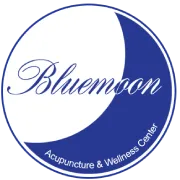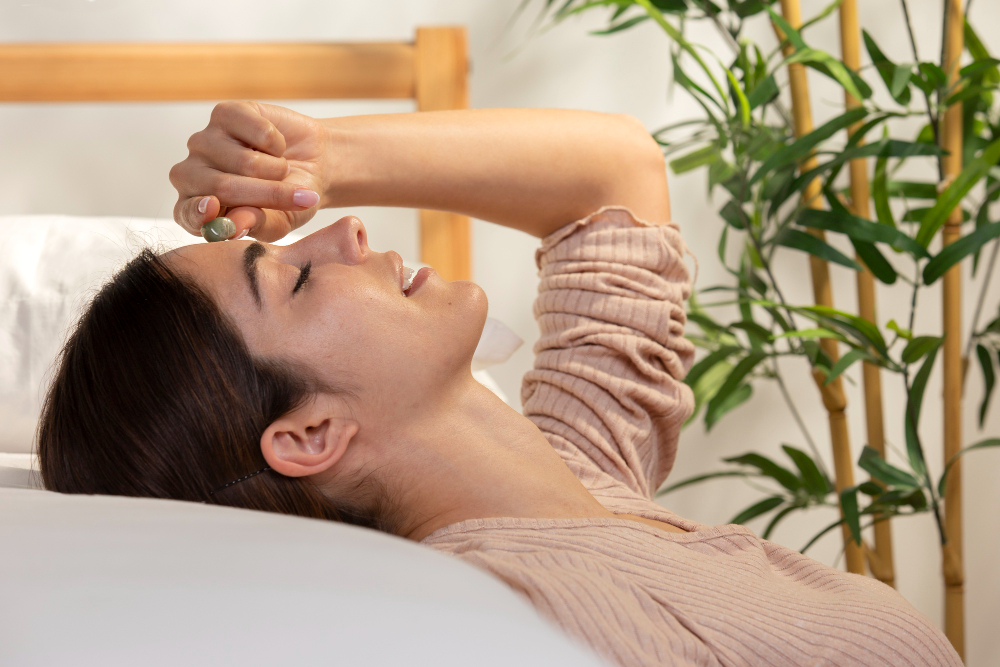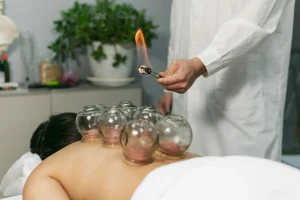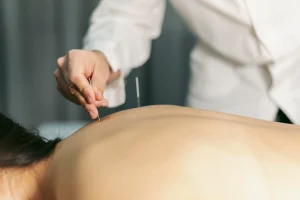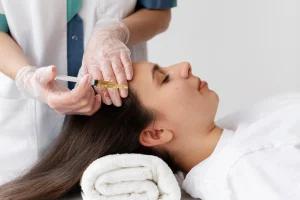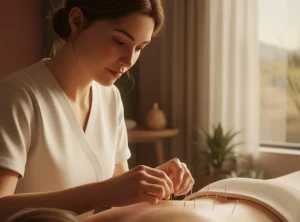One of the most ancient healing techniques, cupping therapy contributes to taking care of your headache, neck pain, and back pain. In this process, pressure is applied to help you get rid of tension. With the help of special cups, a suction force is created that increases overall blood flow in the patient’s affected area.
Though cupping therapy might sound like a terrifying treatment procedure, it’s not as dangerous as it sounds. In fact, exposure to cupping therapy boosts your flexibility, speeds up muscle recovery, reduces chances of inflammation, offers more relaxation, and makes you feel energized!
Individuals suffering from asthma, back pain, carpal tunnel syndrome, migraines and headaches often opt for cupping Therapy at Bluemoon Therapy. If you are one of the individuals willing to undergo cupping therapy and is curious about the process, taking a look at this blog will help you gather useful information. Stay tuned for more insights and keep delving deeper.
What Are the Different Types of Cupping?
Cupping can be typically categorized into two groups- moving and fixed:
In moving cupping, your practitioner covers your skin with oil, moves the cups, and places them in different positions across the back. Moving cupping contributes to draining your lymphatic system and reducing inflammation.
In stationary or fixed cupping, the cups are kept in fixed positions on your skin. This method comes in handy while treating acne flare-ups, severe back pain, hives, etc.
Cupping Can be Done All Over a Patient’s Body
Cupping therapy is not only about your back; instead, it can be done all over your body. Though the back is one of the most common areas for cupping, you can also do it on your thighs and arms.
Cupping Therapy Doesn’t Lead to Pain; It Might Feel Strange.
How would you feel if a suction cup was used to pull your muscles, fascia, and skin away from the bones? To be honest, the experience won’t hurt you, but it might not be very pleasant and soothing as well! This particular opinion matters from person to person. You need to try it once and see it for yourself.
What Are the Potential Risks of Cupping Therapy?
Some of the potential risk factors of cupping include burns, bruising, nausea, fatigue, itching, scarring, soreness, or muscle tension. You need to take proper rest and your situation will get better in no time.
Who Is Not Suitable for Cupping Therapy?
Not all individuals are suitable candidates for cupping therapy. Don’t book an appointment in case you have:
- A pacemaker
- Anemia
- Stroke risks
- Hemophilia or other blood disorders
- Skin concerns such as psoriasis and eczema
It’s always better to have a word with your healthcare provider and act accordingly.
You Should Not Take a Hot Shower After Cupping
Are you wondering if showering after cupping is allowed or not? Well, experts suggest that you refrain from taking a hot shower immediately after the treatment; it can result in inflammation issues.
Avail Cupping Therapy at Bluemoon Acupuncture and Wellness Center
These are some of the deeper insights into cupping therapy that one must know before scheduling an appointment. Once you have made an informed decision, we at Bluemoon Acupuncture and Wellness Center are here to address your concerns and fulfill your needs. Get in touch with Tucson acupuncture and wellness and make us a part of your healing journey. We promise to offer tailored solutions and bring out desired results.
